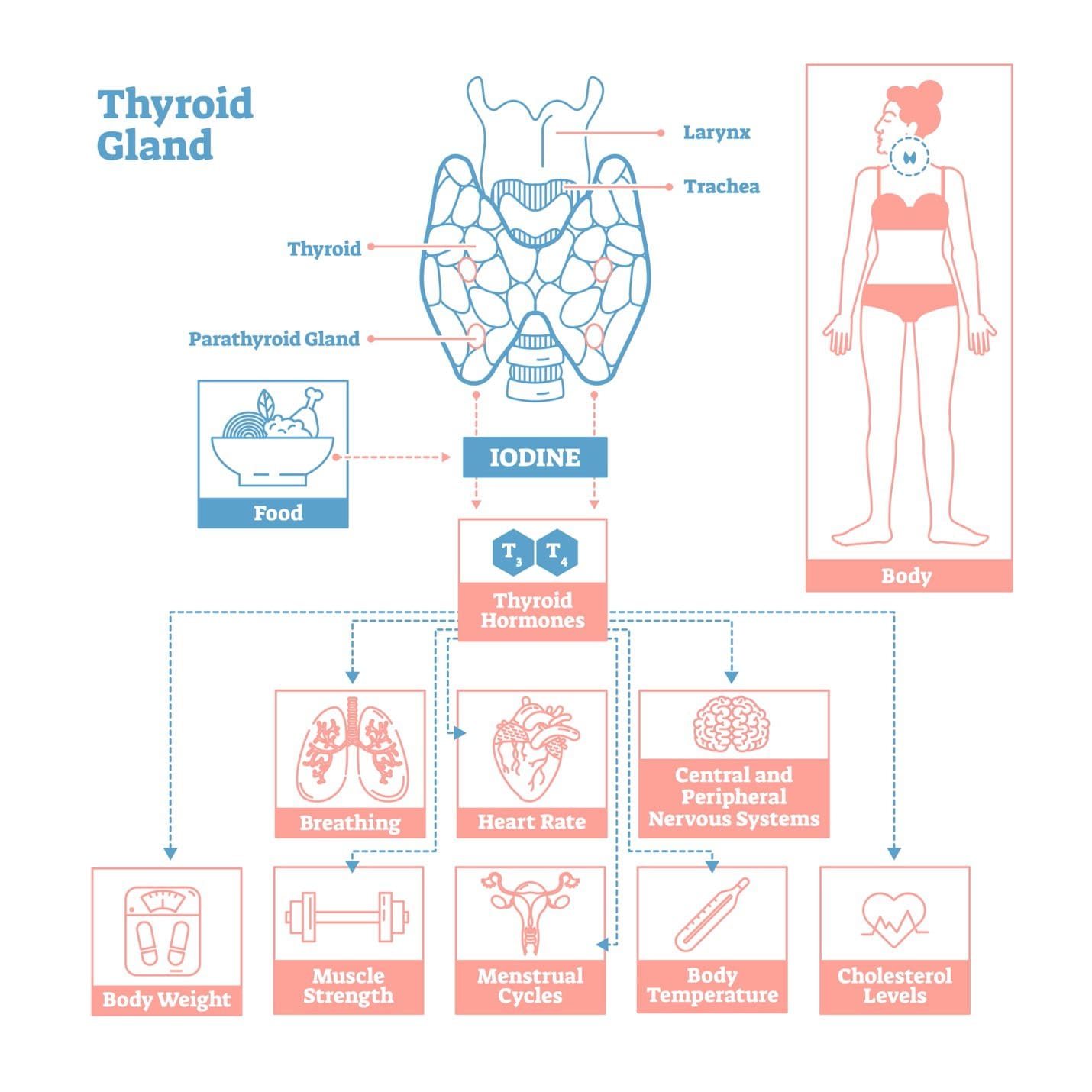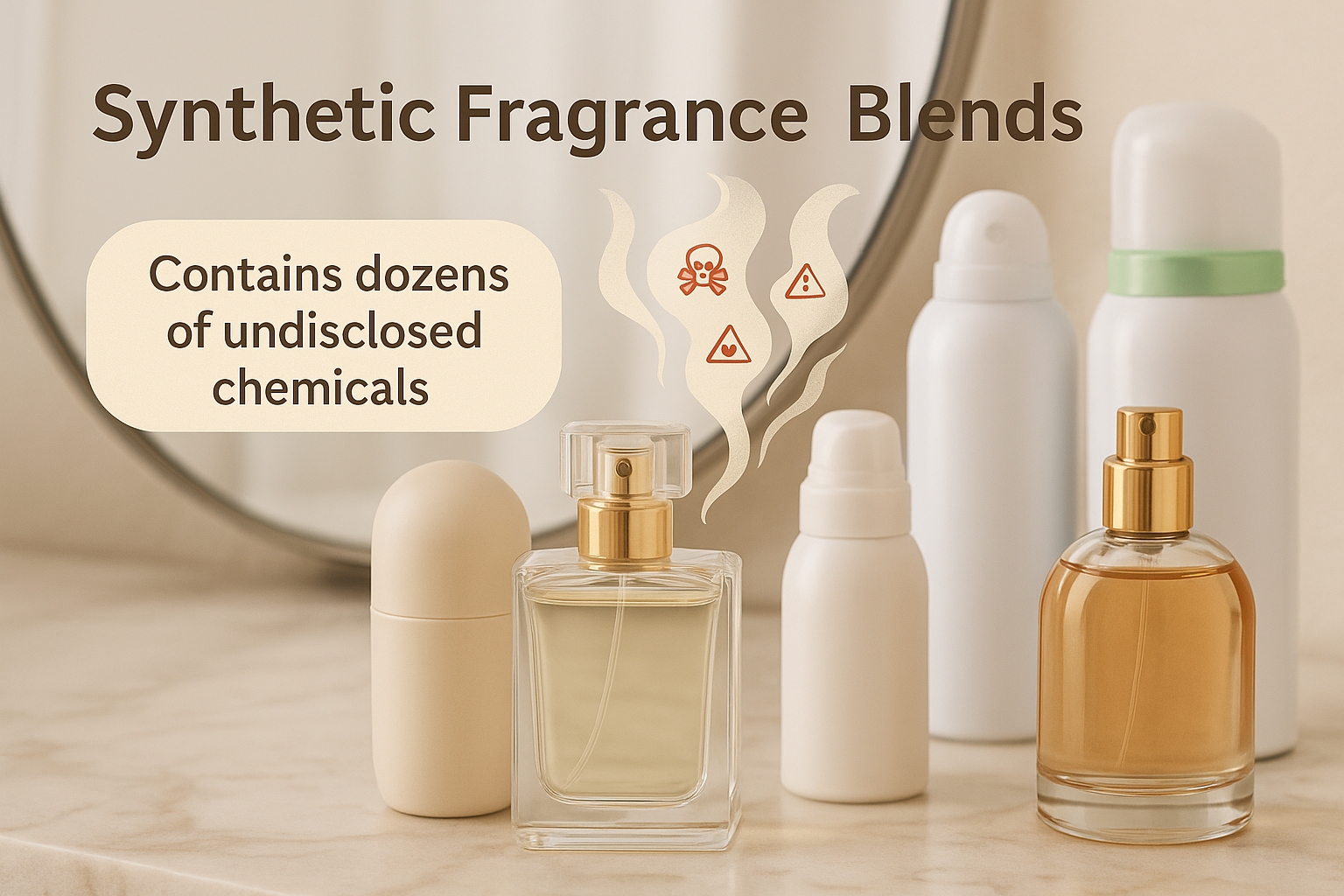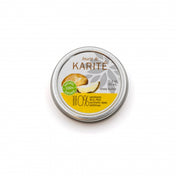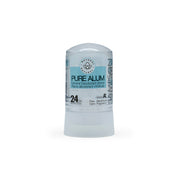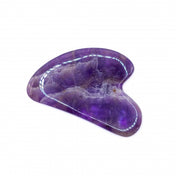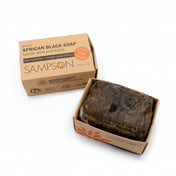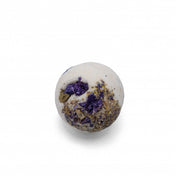I went in for something simple — just feeling off: low energy, stubborn weight, mood swings I couldn’t explain.
I expected to hear “stress” or “sleep more.”
Instead, my doctor asked:
“What deodorant do you use?”
I laughed — what does that have to do with anything?
Then she explained: the skin under your arms is one of the most absorbent parts of your body, and what you put there can go directly into your bloodstream.
And most drugstore deodorants?
They’re full of hormone-disrupting chemicals.
That was the day I started digging… and what I found shocked me.




